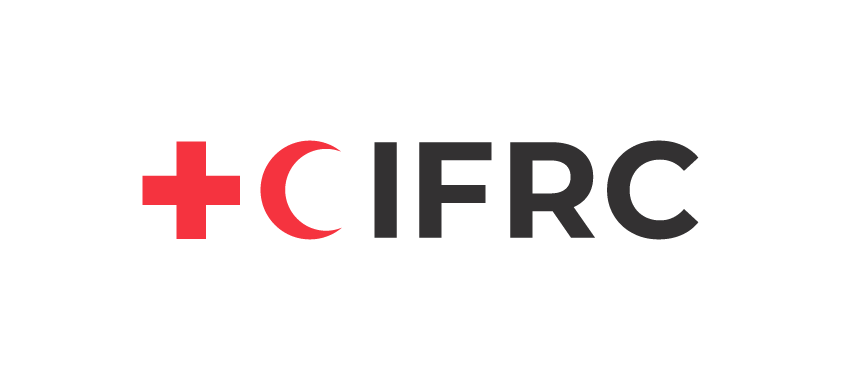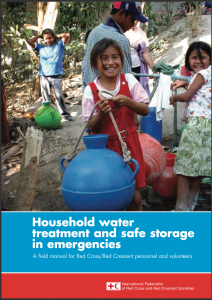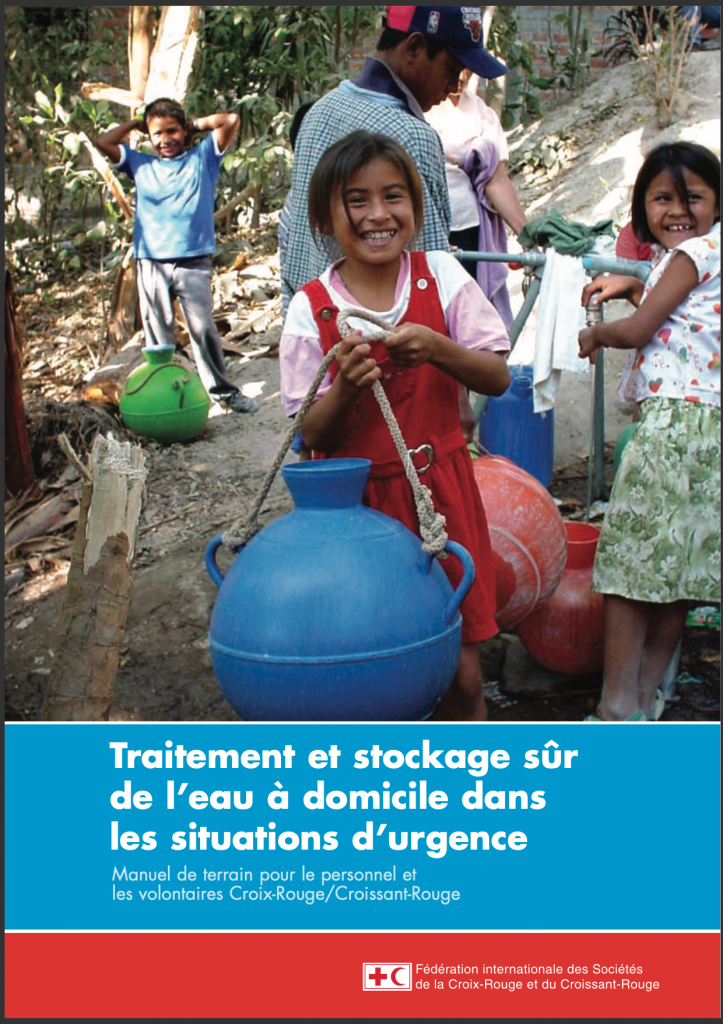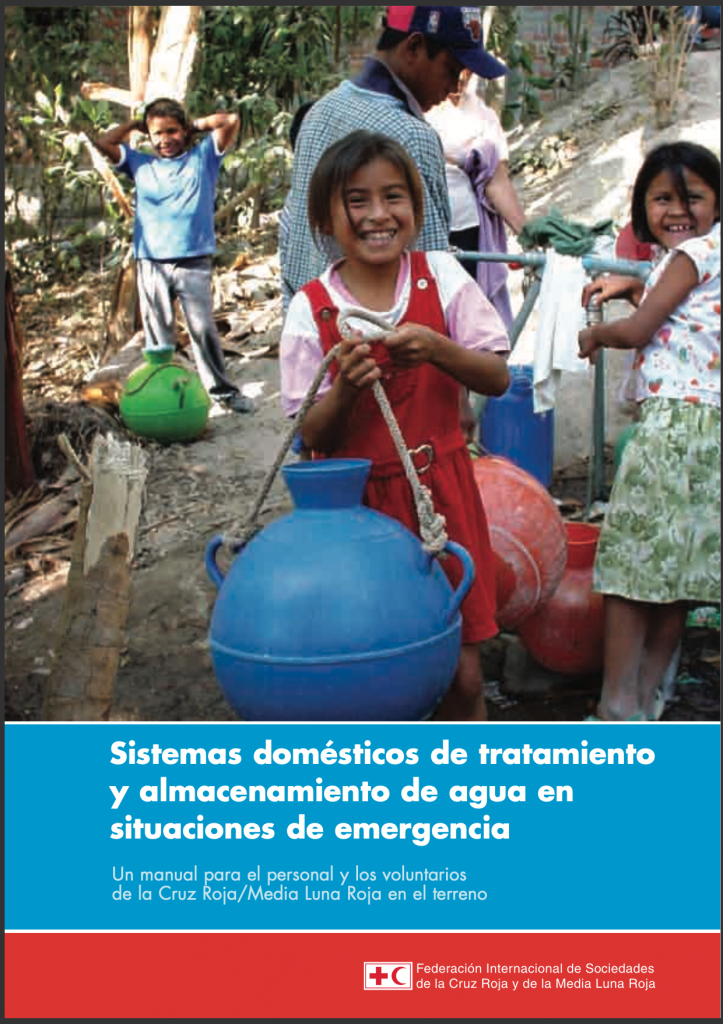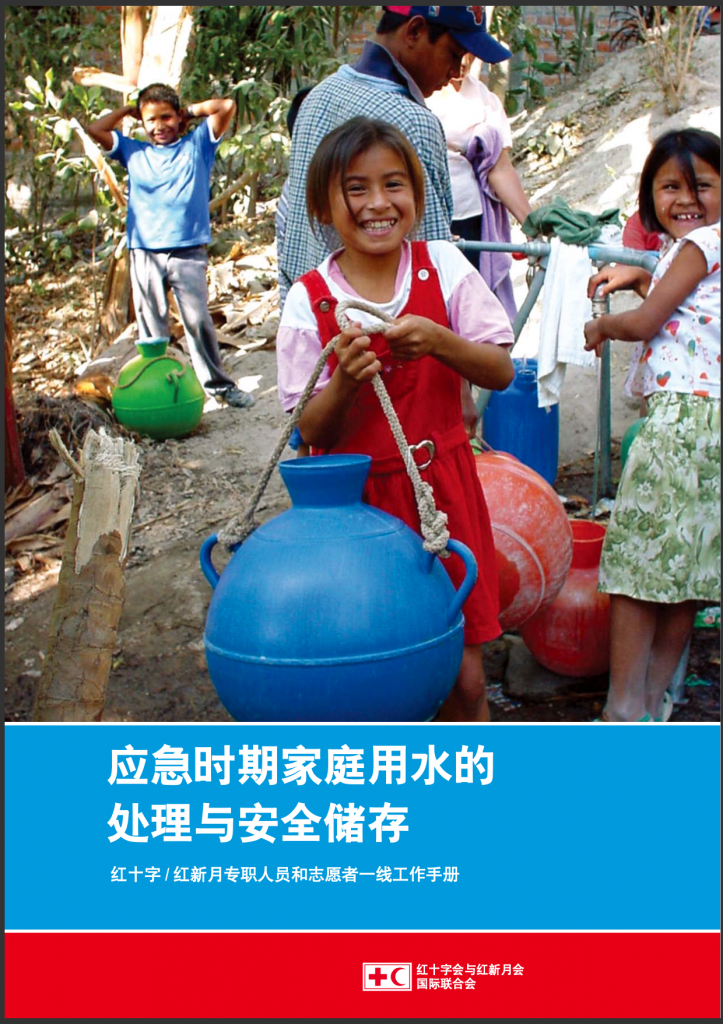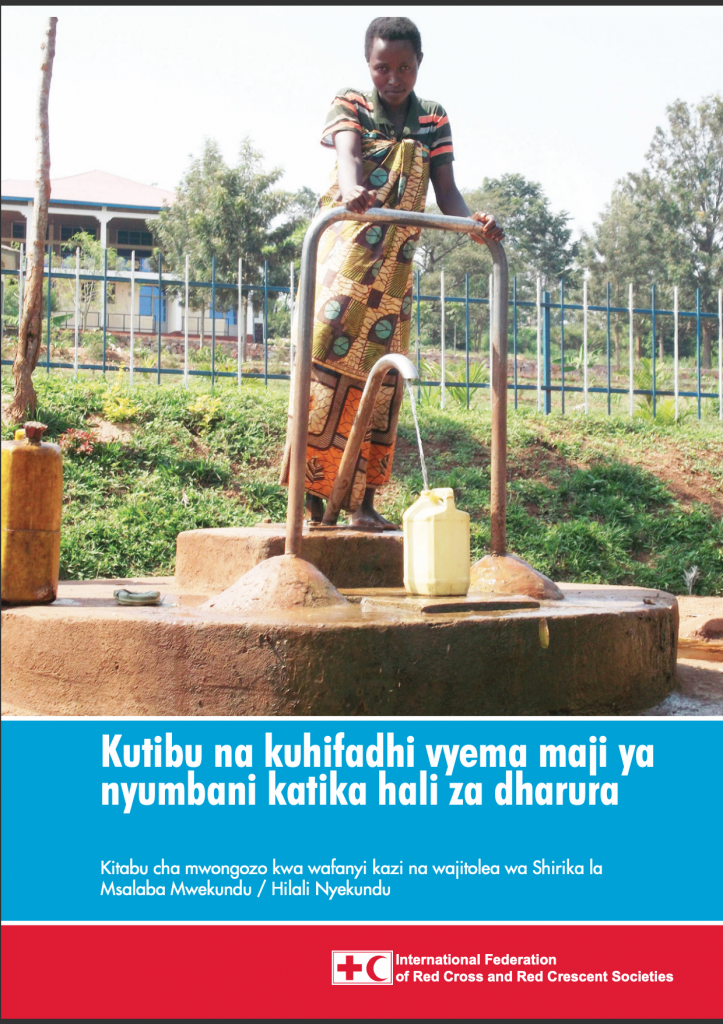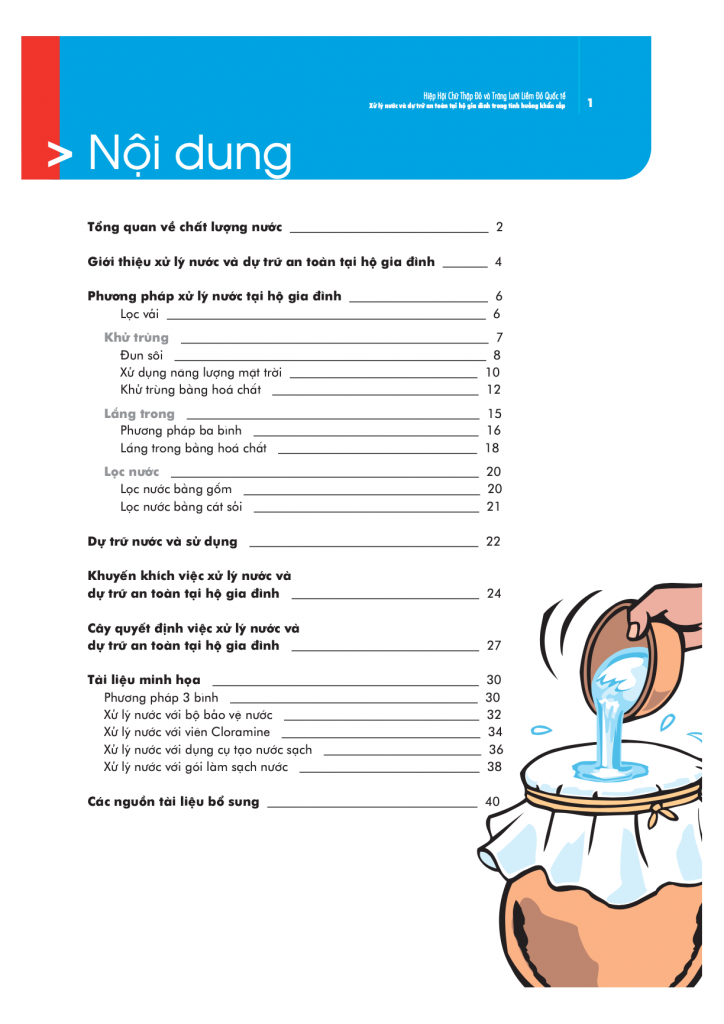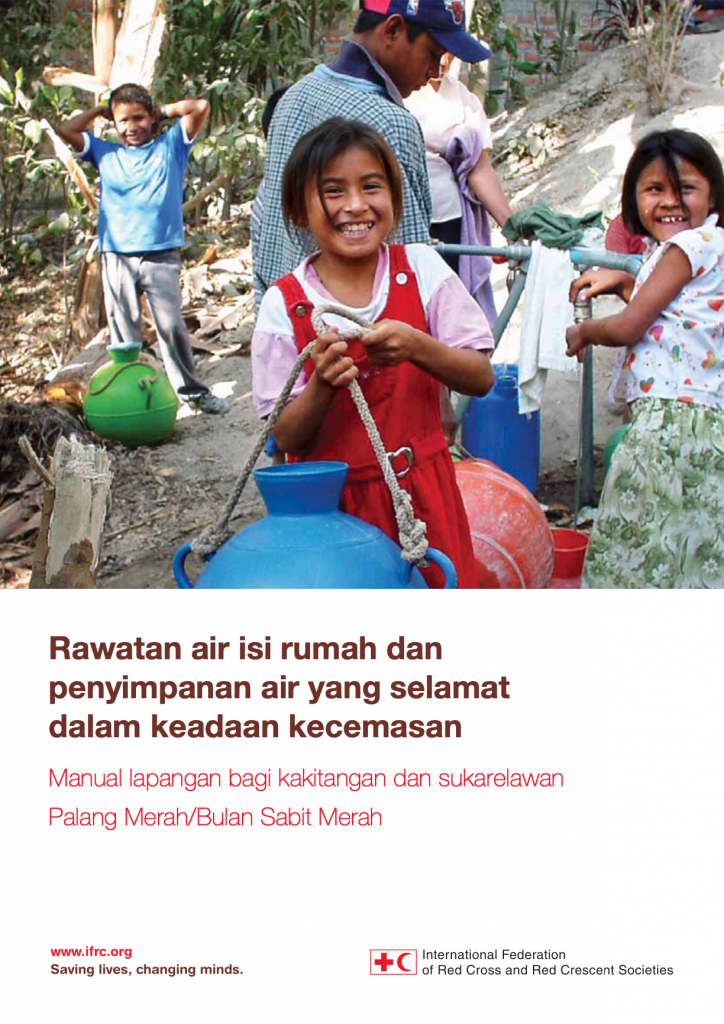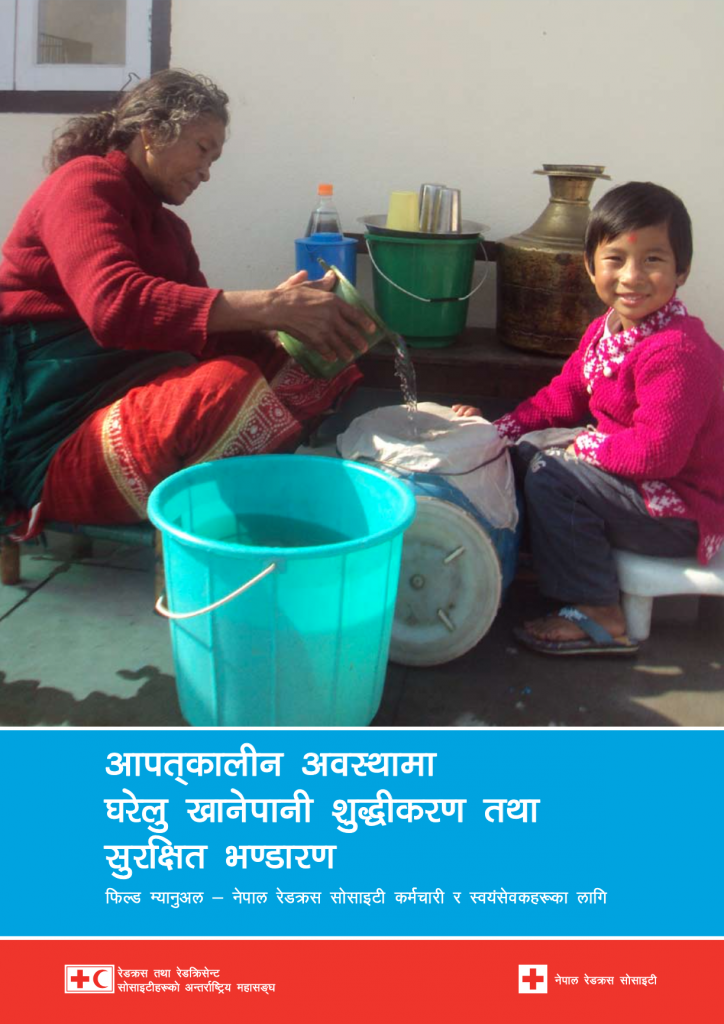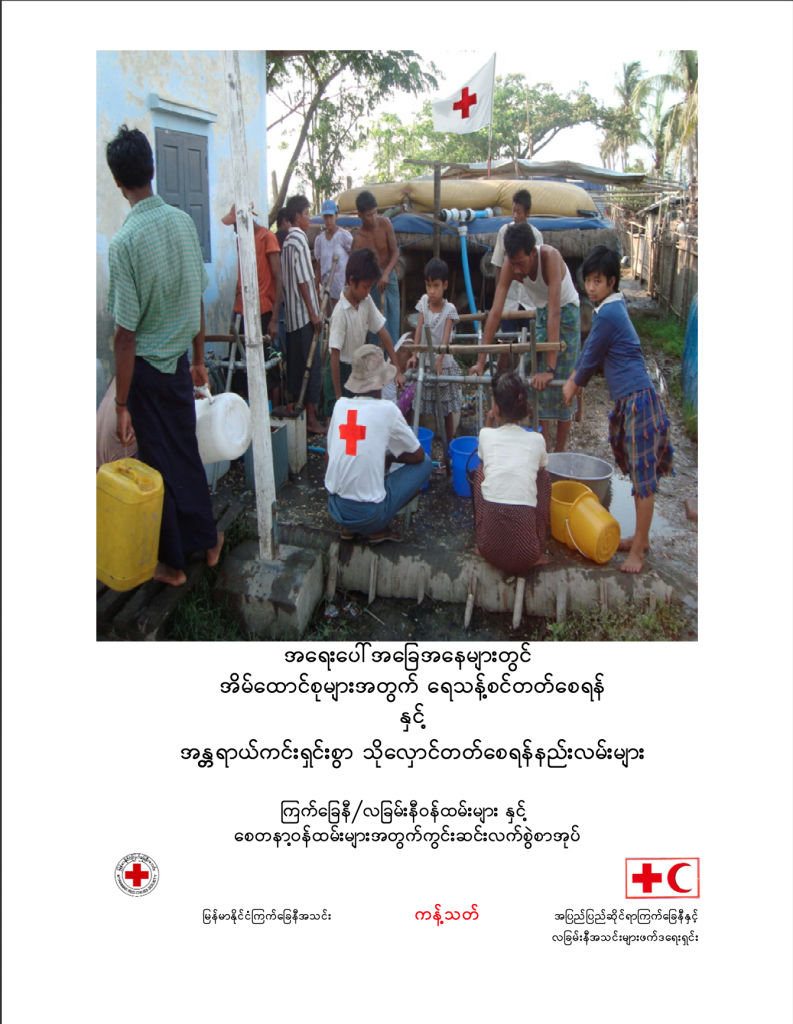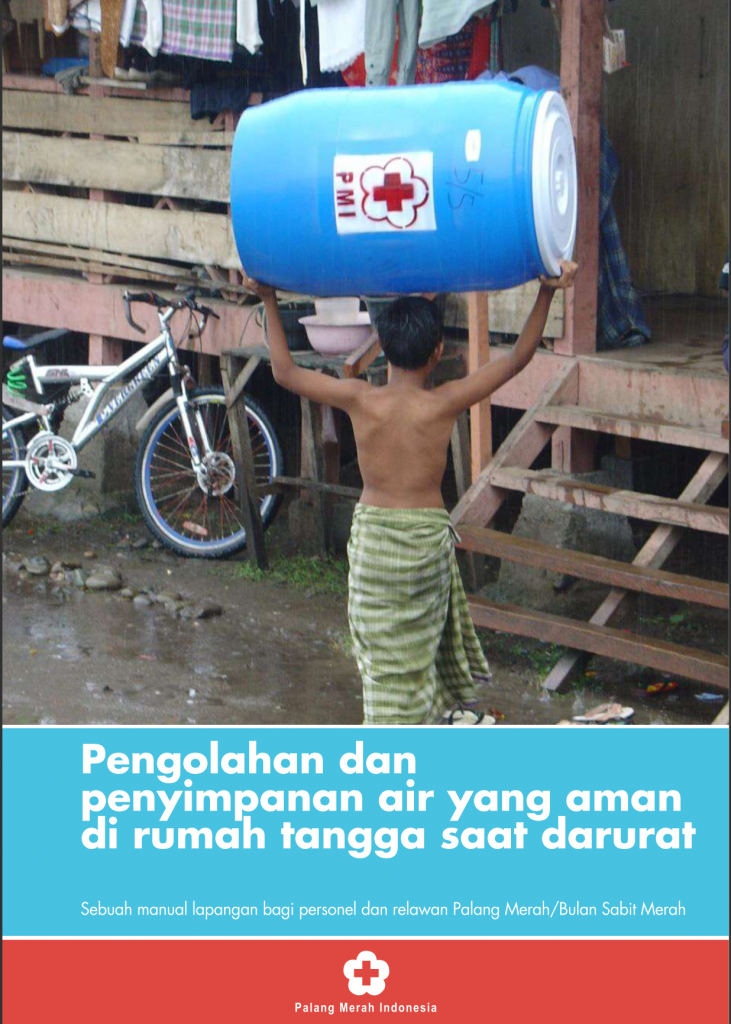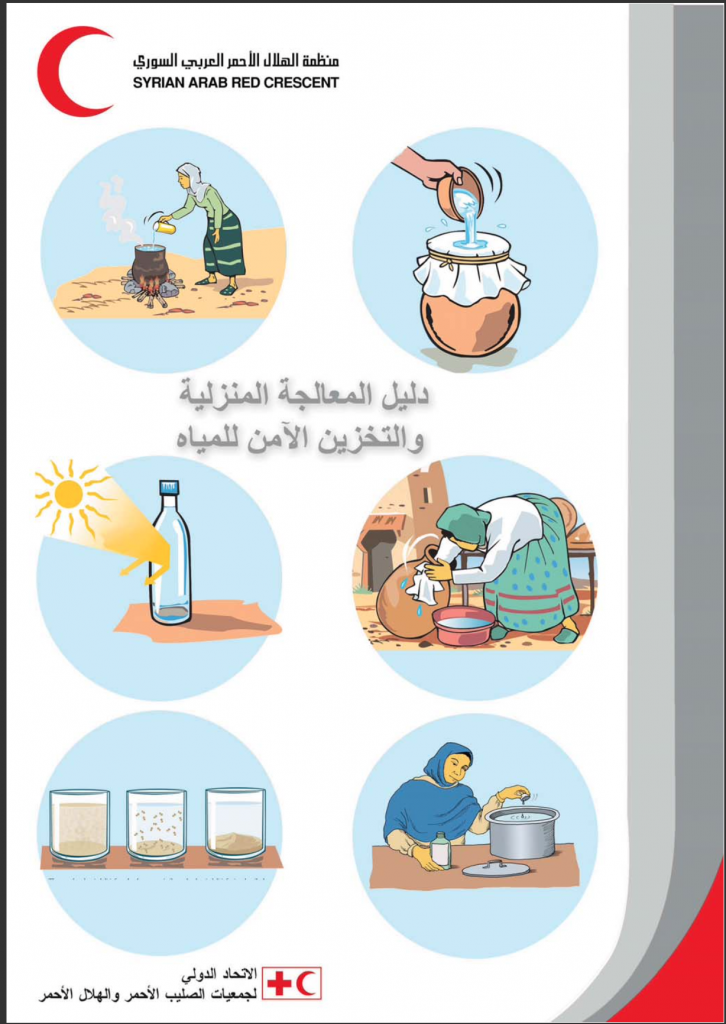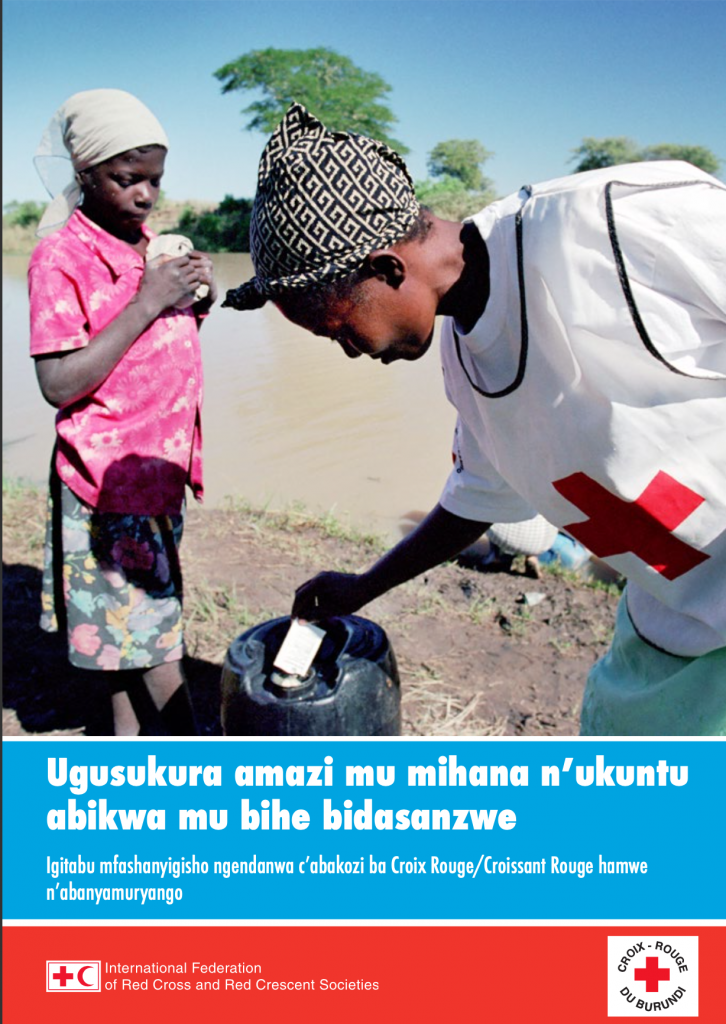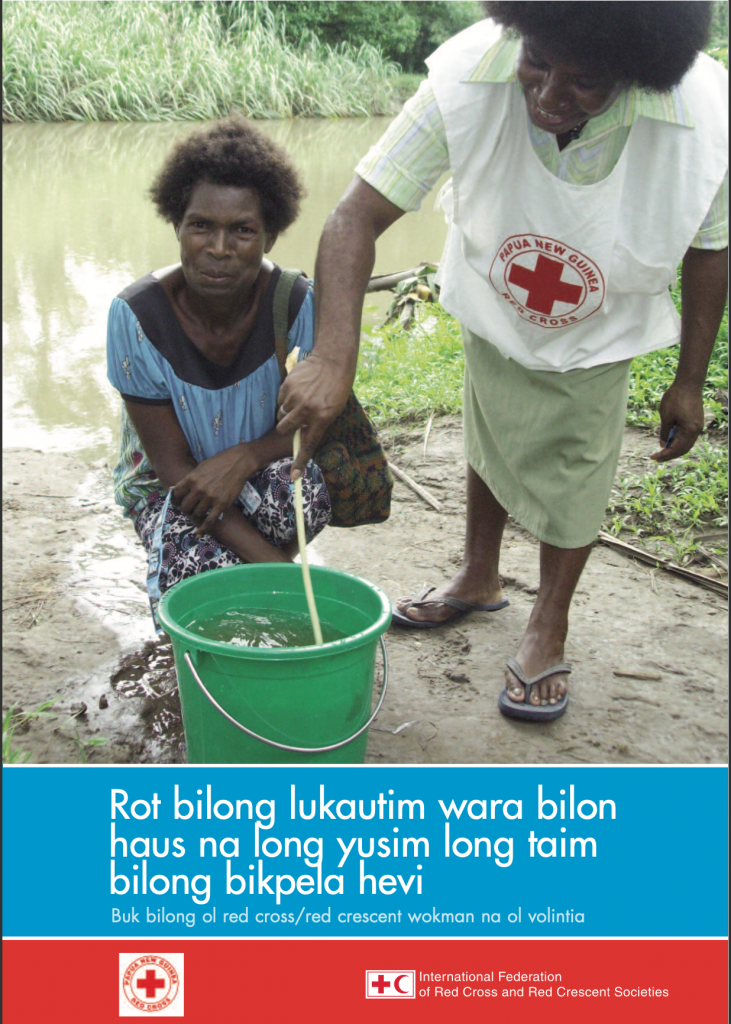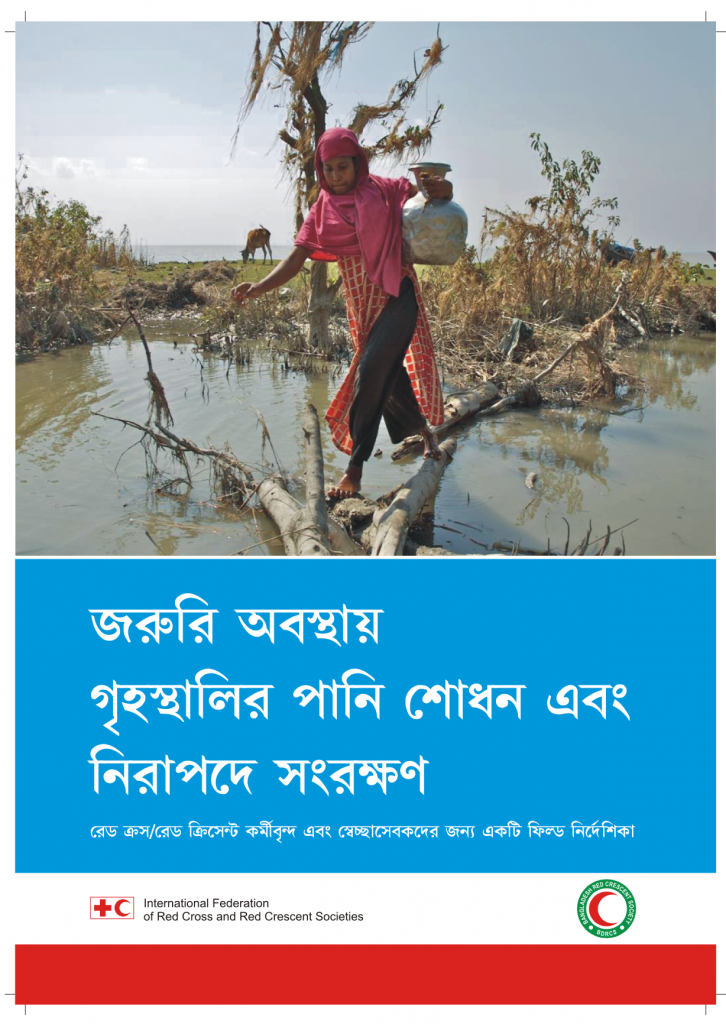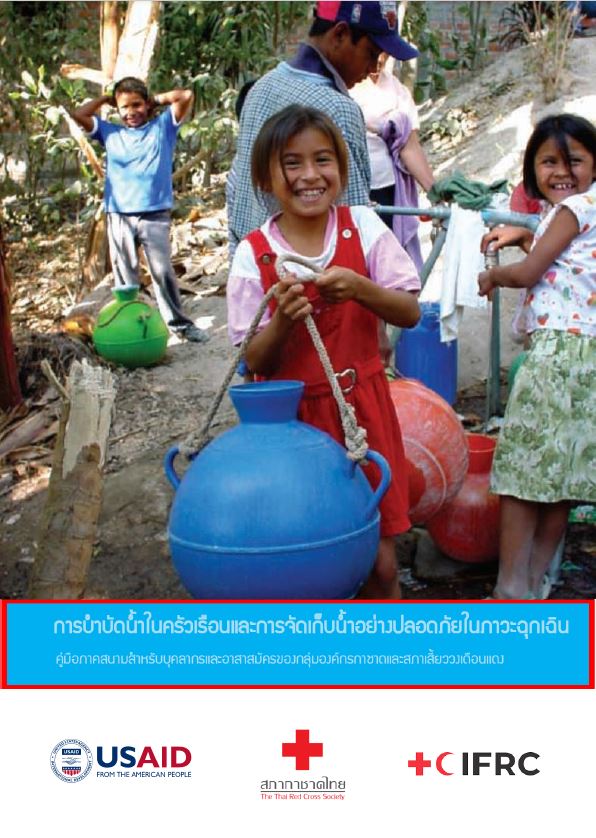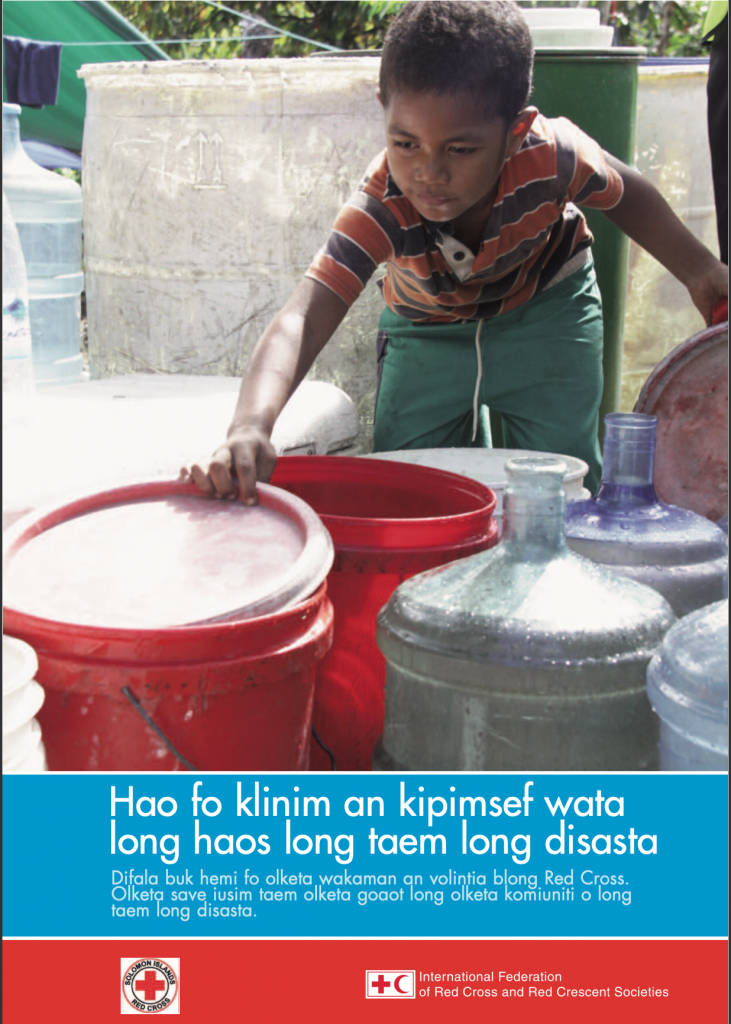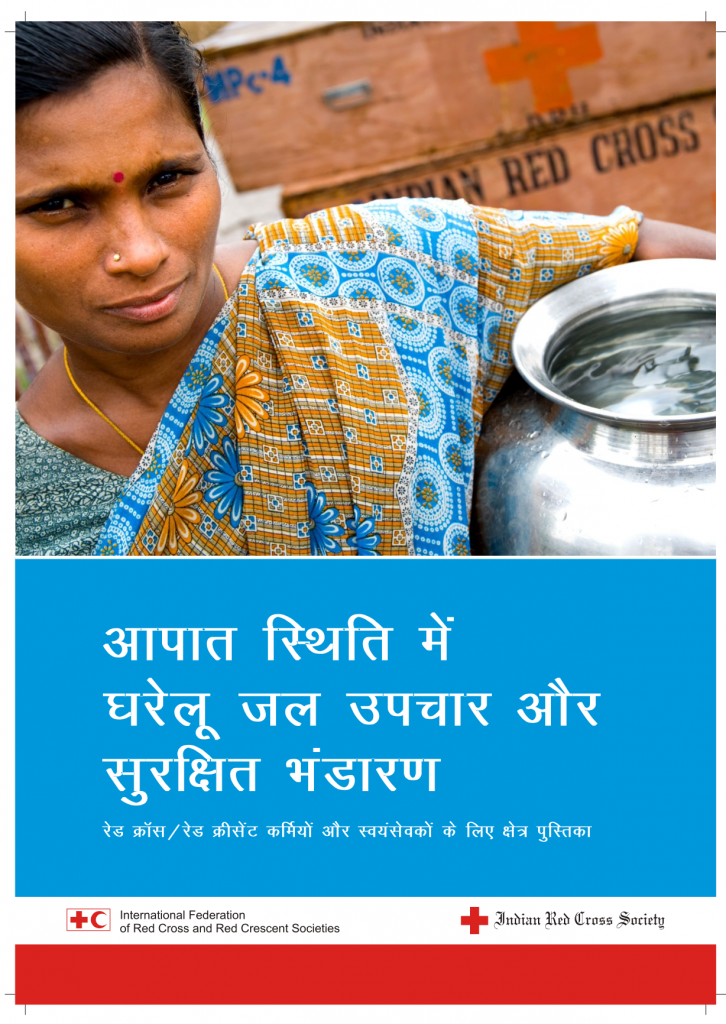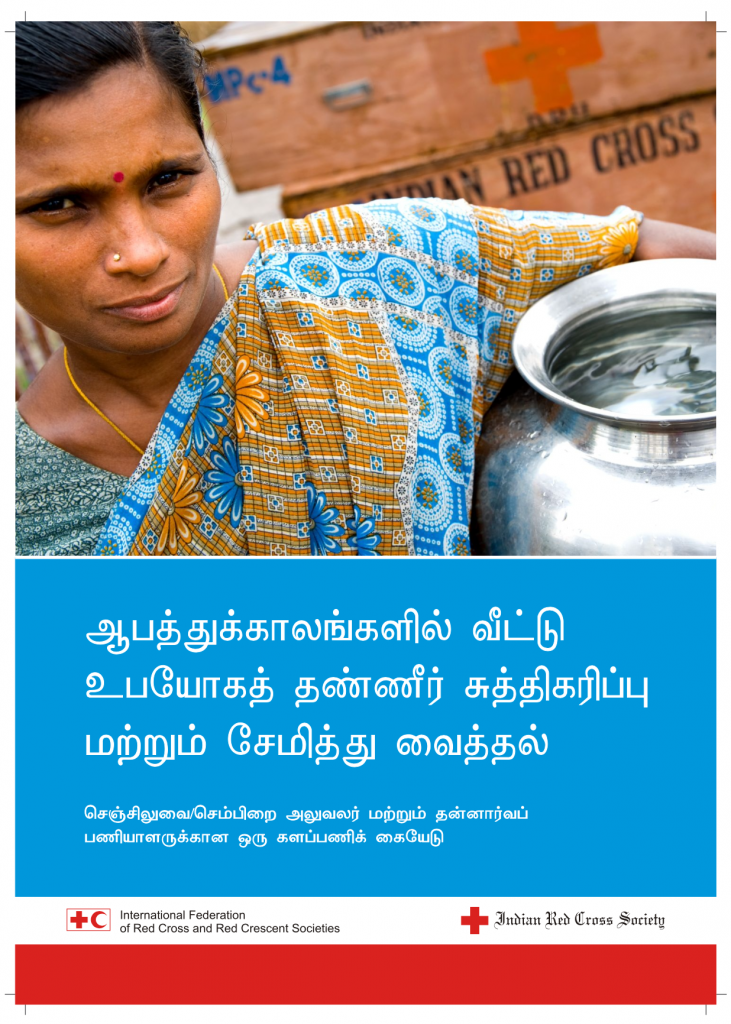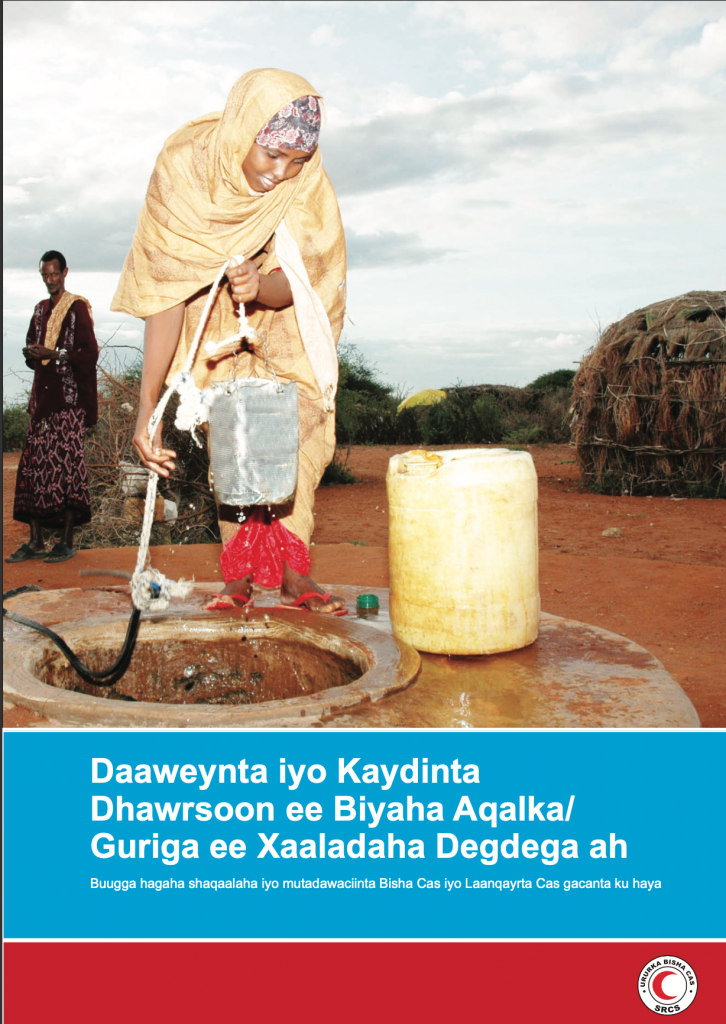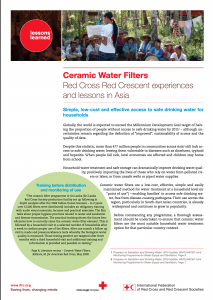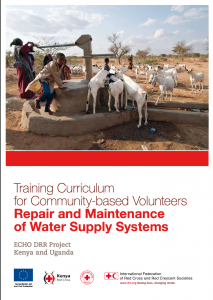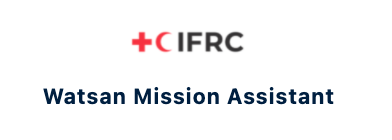
Water
In emergency settings, we seek to ensure that daily access to safe water which meets Sphere and WHO standards in terms of quantity and quality is provided to target populations. In long term developmental programming we seek to ensure communities have access to environmentally sustainable water supplies which meet the Sustainable Development Goals.
Providing water supply service can involve construction
or rehabilitation of water supply infrastructure, support to service providers,
cash transfer programming, temporary treatment and distribution systems or
enabling people to treat and store water safely at household level.
Guidelines and tools
Red Cross Red Crescent Guidelines and tools
Contents include:
- An overview of water quality
- How to clean water at the household level through various means
- How to properly store and handle household water
- How to choose the right method of improving water quality
- How to promote the use of household water treatment and storage
After an intervention has been chosen, beneficiaries will require training in the use of specific treatment method. This manual contains short fact sheets that can be distributed for use by volunteers in carrying out this training… While the manual has an emergency focus, there is a great deal of information relevant for programs in developing settings.
You can download the HWTS editable version and pictures here to adapt or translate it for your project. Or print new versions with these files: English cover, English manual and French cover French manual.
See below for other languages – Click on any image to download the guideline
External Guidelines and tools
Delagua
- Rapid sand filtration
- Water treatment
- Chlorination concepts
- Chlorine gas or liquid in cylinders
- Calcium hypochlorite
- Sodium hypochlorite
- Continuous chlorination of dug wells
- Dosing hypochlorite solutions
- Dosing chlorine for cylinders
- Water quality monitoring
- Chlorine monitoring at point sources and piped distribution systems
Pumps
Wells
Storage
General
- WHO Guidelines for drinking water: Fourth edition (2011)
- WEDC Emergency water sources
- Water source options:a comparison
- Water Supply in Refugee Situations
- Water distribution manual
- Water storage manual
- Safe water guide for the Australian aid program 2005: A framework and guidance for managing water quality
- SKAT Water lifting
- Rainwater collection
- Surface water abstraction
- DFID Guidance manual on water supply and sanitation program
- DFID Handbook for the assessment of catchment water demand and use
- Minimum water quantity needed for domestic use in emergencies
- Rehabilitating small scaled piped water distribution systems
- Rehabilitating water treatment works after an emergency
- Sanitary inspection
- Springs
- Flow measurement and control
- Delivering safe water by tanker
Learning resources
Red Cross Red Crescent Learning resources
Advocacy and communication material
To include resources on this page, or for more information on IFRC initiatives please contact: wash.geneva@ifrc.org
